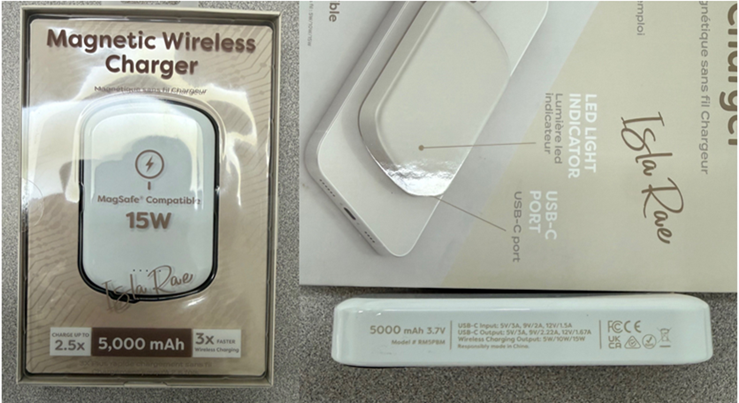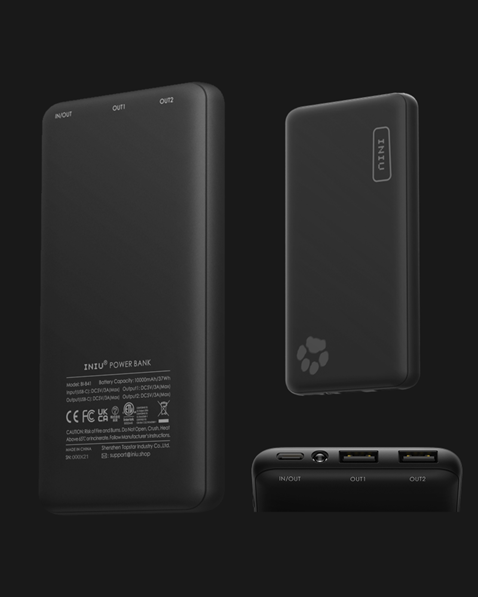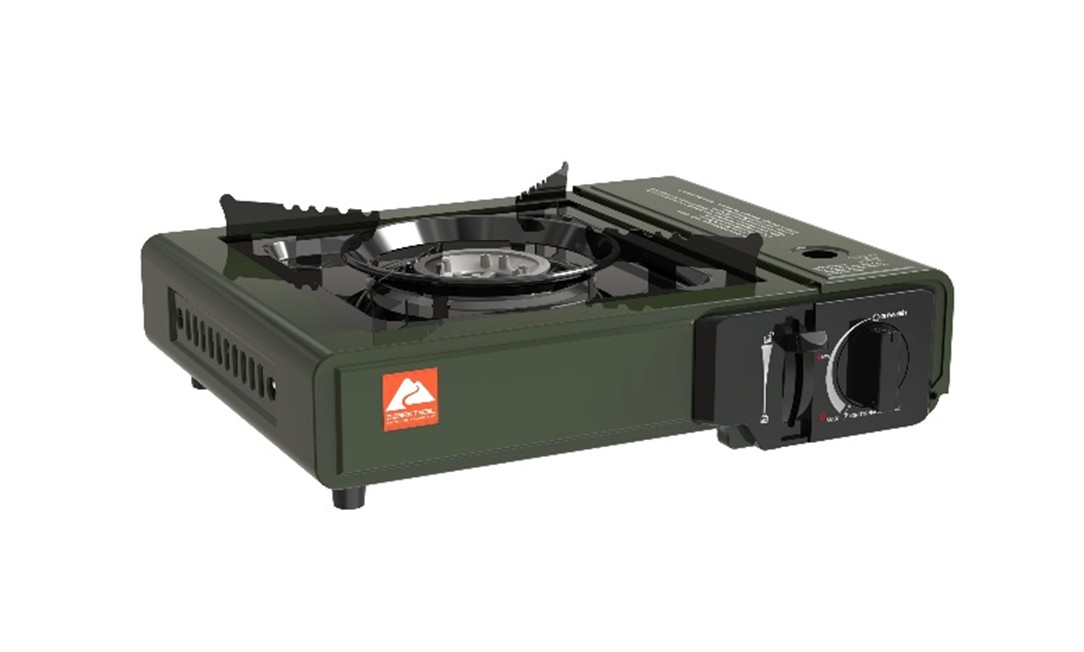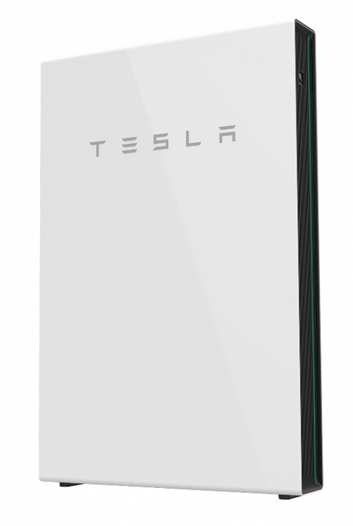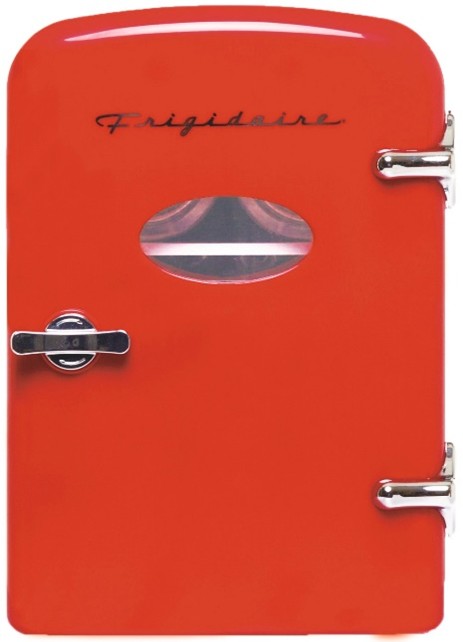
What Nearly Two Decades As A Subrogation Attorney Has Taught Me About Product Safety
April 1, 2012
This article was originally published in the Subrogator, a publication by the National Association of Subrogation Professionals, Spring/Summer, 2012. © Copyright 2012 by NASP. All rights reserved. Republished by Butler with permission from NASP.
The other day when I was asked to write an article about “product safety” I pondered how to best approach this. As we all know, what is or is not a “safe product” is often in the eye of the beholder (or which side of the “v” you are on!). Is any product that fails even once an “unsafe product?” If 1,000,000 items have been manufactured and “only” 73 of them have failed, is that an “unsafe product?” What about 133 of them? If a product fails when it was being used improperly, but it was not a stretch for the manufacturer to have anticipated this “alleged misuse”, is that an “unsafe product?” If a product has been tested by agencies and groups with an international reputation for such testing, and the product has passed, can that product be an “unsafe product?”
First and foremost, I have learned that the definition of a safe product varies from state to state, depending on what my burden of proof is. For instance, in a state like Florida or Pennsylvania, where I am allowed to establish a “defective” (i.e. unsafe) product by inferring a defect in certain situations, I can show that many more products are unsafe than in states where I am required to prove the precise and specific method of failure. Does that mean that the toaster sold in Oregon is any more or less safe than the one sold in Massachusetts? Of course it does not. Does that mean that Florida and Pennsylvania have a greater propensity for receiving defective products from manufacturers? No way. But to the extent we can only deem a product “unsafe” by proving its defectiveness, we certainly have a problem in semantics, don’t we?
Secondly, I have learned that the delineation of an unsafe product usually flows from a very severe event – usually a fire on the Property side of the insurance world in which I live. To know which unsafe product has caused my phone to ring at that particular moment requires the use of an expert (or experts) to tell me what just happened. As with all aspects of life, certain experts will be better at analyzing certain fires (and modes of failure) and other experts will be better suited for other modes of failure. Some cause and origin experts do not fully grasp certain of the electrical issues that may be presented in a fire loss, and this may cause an unsafe product to not be held accountable for its actions. Or it may cause the wrong product to be blamed. So whether you can prove a product “unsafe” can be the function of a myriad of things completely beyond anyone’s control: how well the sprinkler system worked (Now don’t get me started on defective sprinkler systems!); the response time of the fire department; was the homeowner home when the fire started or had they just left to go to the store; did the fire consume the product completely, or did the fire escape the product quickly leaving tell-tale signs of causation.
Next, in our crazy Subrogation world, the age of a product defines whether or not it is unsafe. I can only invest time and money in determining whether a product is “unsafe” where a fairly arbitrary statute in a state allows me to do so. If a statute of repose bars a recovery against a certain product manufacturer, why would I ever allow a client to invest valuable expense dollars investigating a fire where the pay off at the end of the investigation is guaranteed to be zero? Does this assist in establishing product defects? Certainly it does not. Are older products (subject to wear and tear and abuse by their owners) as likely to be investigated by the CPSC for defects (and possibly subject to a recall)? Probably not. Far more likely than not, you must have that same (older) product fail many times over, in order to establish an “unsafe product” (as we all have seen and continue to see with the Brake Pressure Switch problem), and you must be able to prove it.
Little did I know that two terms I learned in my Economics classes at Georgia Tech would come back to (haunt?) me in my legal career to literally drive every aspect of what I do, every single day: (1) Cost Benefit Analysis and (2) Return on Investment. Product safety can usually only be shown in situations where the “cost benefit analysis” for a claim justifies the expense. It is very costly to establish a claim for a defective product. That is just a simple fact of life in large property Subrogation. You can double that cost if you are trying to establish a claim for a “negligent design” of a product. If you think it is difficult to deal with a product manufacturer for a random “product failure”, try claiming that the very design of their product (in other words, the very essence of what they do) was flawed and see how hard it is to resolve that claim! In a state which requires specific proof of a defect (and no “inference of defectiveness”) add to the cost of establishing that claim by at least 25% in increased expert costs.
Another “new reality” with which I have to deal on a daily basis is the fact the deck is becoming increasingly stacked against me on how the “system” views these cases. Slowly over the last several years, it seems as though the judiciary is more inclined to require greater proof of my theory than before. It is far too easy to simply say that I am being “done in” by Daubert. That is only partly true. The trickle-down effect of this means that the liability adjuster or claims handler who first receives my notice of claim letter realizes that I have a higher hurdle to clear today than I did 15 years ago. They handle my claim accordingly. That claims person calls an expert for the defense who also realizes that the better tactic today is to attack the methodology of the investigation by my expert than to determine what alternative bad product “really” caused the fire. So that expert writes their report accordingly. The internal engineer/expert from the manufacturer knows now that the testing she or he has done over the past two decades will really and truly pay off, as she or he knows that it is very difficult for the expert on the Subrogation side to test a fire causation theory. And that engineer testifies accordingly.
At the very recent 2012 NASP Litigation Skills Conference, I heard this very same concept echoed by outside defense counsel whose major client was a well-known manufacturer and an often-sued company by most property insurers and their Subrogation counsel in the United States. I have litigated against this attorney, and his point at Lit Skills was identical to the way in which he litigated my claim – he had a laser-like focus on setting up the defense of the claim to be less about the “facts of the case” and more about words, phrases and concepts culled from pro-defense Daubert and Daubert-like cases in the jurisdiction at issue. His tactic worked. My fairly strong circumstantial case was eviscerated by the ever-growing burden set forth in completely unrelated matters, handled by different attorneys, analyzed by different experts, and involving completely different (and subjective) fire scenes. Is it fair? Not really, but it is what we have to deal with on every “unsafe product” claim we make. Is it right? Who knows if the product in question really caused the fire in my case?
A perusal of the Consumer Products Safety Commission data for the last 15 years or so is very interesting. It appears that the overall number of residential fires that have been reported to them has dropped for several years (the number recently began to increase ever so slightly). But what was most interesting was that the number of fires attributed to “consumer products” has dropped sharply. The rise recently in the overall number is attributable to cooking fires primarily. What does this mean? I asked my partner why he thought this was the case. His immediate reaction was that the ability of the CPSC to better distribute recall information to consumers and sellers has caused the number of “bad products” in the stream of commerce to drop, therefore, less opportunity for a fire. My immediate reaction was that manufacturers whether in the US or overseas are incorporating “self extinguishing” components into their products, and thus, fires are more difficult to start inside a product. It is interesting how your attitude about product safety and Subrogation may color your view on this trend.
But as I continue to ponder “product safety” I do reflect on the good that we as an industry have accomplished. I certainly do not see as many hose failures as I did “way back when” as I literally filled offices with hoses and the water loss subrogation files that went with each of them! And as we no longer see new generations of the “brake pressure switch” phenomena popping up, I know the claims we made against those manufacturers made a difference. There will undoubtedly be more examples to add to that in the future. It will be very interesting to see if we will be able to justify proving those cases in the future. As the concept of Subrogation is under attack in many jurisdictions, so too may be the ability of insurers and their vendors to establish the next generation of “unsafe products.” We should all strive in concert to not let that happen.
